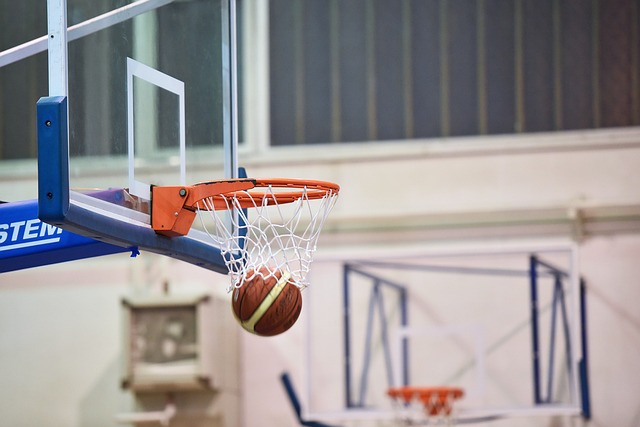GET THE LATEST
Basketball Injury
Basketball is a relatively safe sport compared to other contact sports, but injuries still occur.
Get details for all teams and all weeks.
Latest Injury Reports

What about us
Basketball, like any other sport, can lead to injuries for its players.
It’s important for basketball players to take preventative measures to avoid these injuries, such as wearing proper footwear, warming up before playing, and practicing good technique. If an injury does occur, it’s important to seek medical attention and follow a proper rehabilitation plan to ensure a full recovery.
Types of injury
The high impact of the sport can leave players with a variety of different basketball injuries. The most common basketball injuries are:
Latest news


Basketball Betting on Underdogs: Strategies for Finding Hidden Gems

Everything You Need to Know About “+-” in Basketball Betting
Causes of Injury
Ankle sprains in basketball are often caused by a sudden twisting or rolling of the ankle, often when landing from a jump or changing direction quickly.
Knee injuries in basketball can be caused by a variety of factors, including sudden stops or changes in direction, jumping and landing incorrectly, and collisions with other players.
Basketball players can prevent injuries by wearing appropriate footwear, warming up before playing, maintaining good physical fitness, using proper technique when jumping and landing, and avoiding overuse injuries by taking rest breaks and not playing through pain.
Overuse injuries in basketball occur when a player repeats the same motion or movement over and over again, leading to strain or damage to muscles, tendons, or other tissues. Common overuse injuries in basketball include shin splints, tendonitis, and stress fractures.






